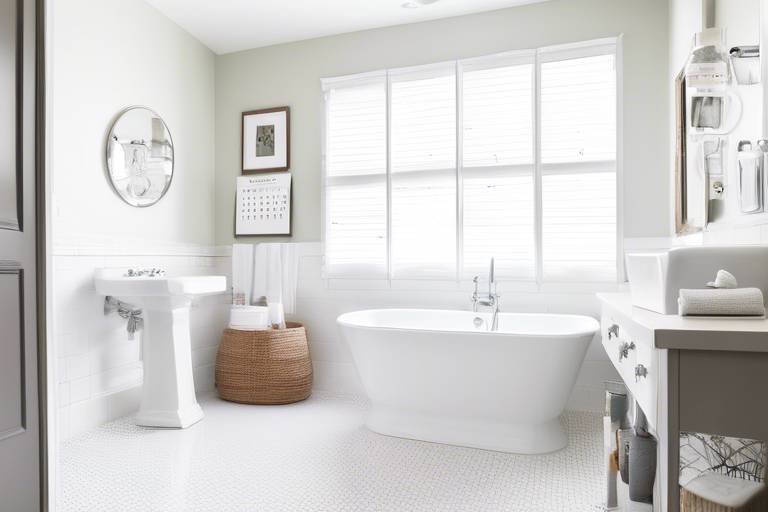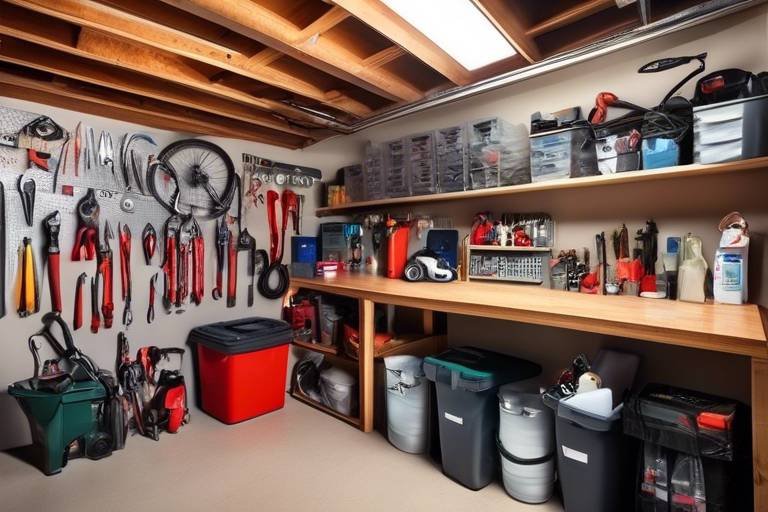Tips for Painting High Ceilings and Hard-to-Reach Areas
Painting high ceilings and hard-to-reach areas can indeed be a daunting task, but with the right approach and tools, you can achieve a professional finish without breaking a sweat. Imagine reaching new heights with your painting skills, creating a masterpiece that leaves everyone in awe. Let's dive into some essential tips that will make this challenging task a breeze.
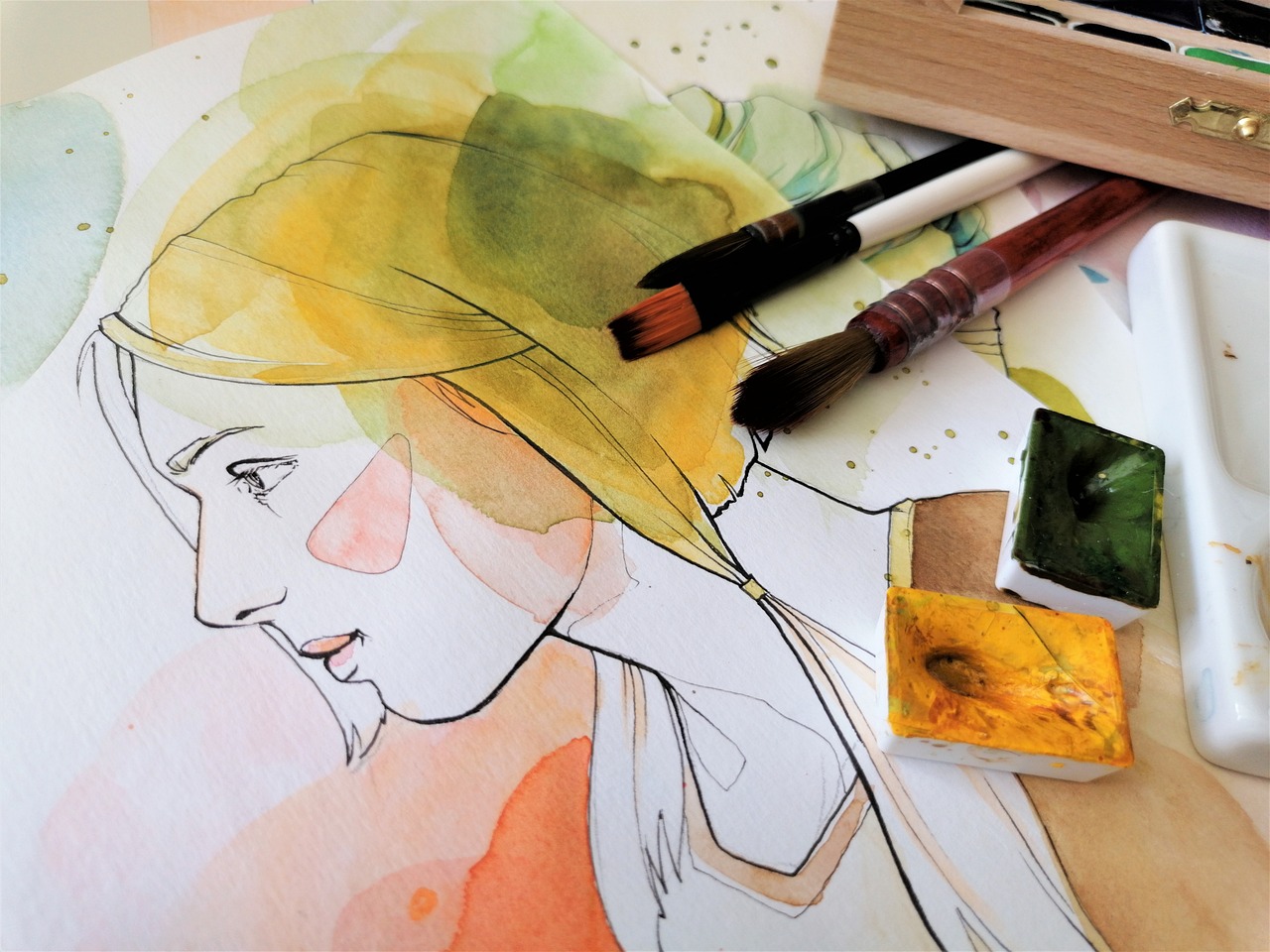
Choose the Right Tools
When it comes to painting high ceilings and hard-to-reach areas, selecting the right tools is crucial for a successful and efficient job. The tools you choose can make a significant difference in the quality of the finish and your overall safety during the painting process.
Extension poles are essential for reaching high areas without the need for constantly moving a ladder. They provide stability and control, allowing you to paint with ease and precision. Additionally, investing in a sturdy ladder that can safely support your weight at various heights is important for accessing different parts of the ceiling or walls.
For larger projects or areas that are particularly challenging to reach, consider using scaffolding. Scaffolding provides a stable platform for painting high ceilings and walls, offering both safety and convenience. It allows you to move around more freely and cover a larger surface area without the limitations of a ladder.
When it comes to brushes and rollers, choose high-quality options that are suitable for the type of paint you are using. Quality tools can make a noticeable difference in the application and finish of the paint, ensuring a professional-looking result. Make sure to clean your tools thoroughly after each use to maintain their effectiveness and longevity.
By selecting the right tools for the job, you can make the process of painting high ceilings and hard-to-reach areas more manageable and successful. Investing in quality tools and equipment will not only make the job easier but also contribute to a smoother and more professional finish.
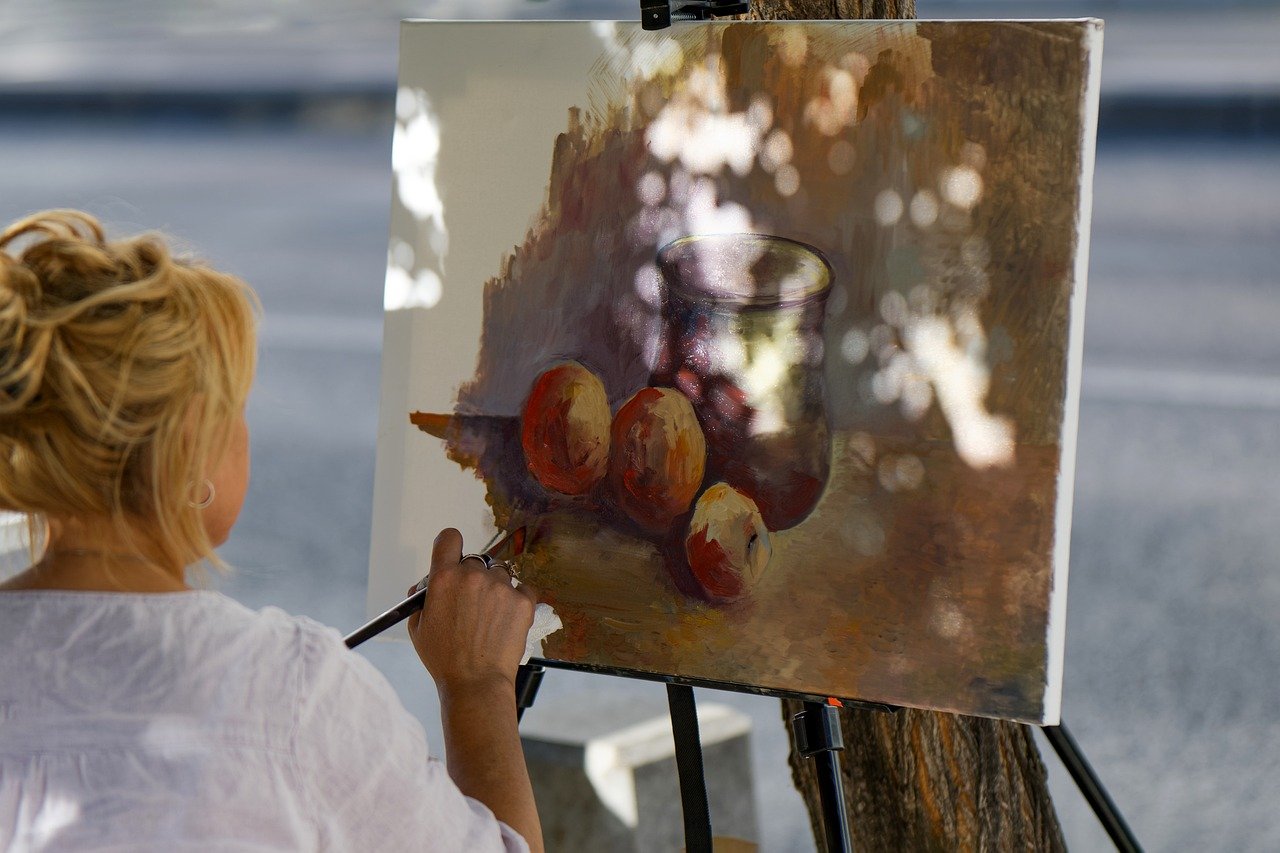
Use High-Quality Paint and Primer
When it comes to painting high ceilings and hard-to-reach areas, using high-quality paint and primer is essential for achieving a professional and long-lasting finish. Investing in top-notch products can make a significant difference in the overall outcome of your painting project.
High-quality paint offers better coverage and durability, which is particularly important in areas that are difficult to access and may not be easy to repaint frequently. By using a premium paint and primer, you can ensure that your hard work will last longer and maintain its appearance over time.
Additionally, high-quality paint and primer can help you achieve a smoother application with fewer imperfections, enhancing the overall look of the painted surfaces. These products are specifically formulated to provide better adhesion and color retention, resulting in a more professional finish.
When selecting paint and primer for high ceilings and hard-to-reach areas, consider factors such as washability, sheen level, and coverage to choose the best options for your specific project. Consulting with a paint professional can also help you determine the most suitable products for your needs.

Prepare the Area Properly
When it comes to painting high ceilings and hard-to-reach areas, proper preparation of the space is essential to ensure a successful and smooth painting process. Before diving into the actual painting task, it's crucial to prepare the area properly to achieve the best results.
One important step in preparing the area is to thoroughly clean the surfaces that will be painted. Dust, dirt, and debris can affect the paint's adhesion and result in a less-than-perfect finish. Use a damp cloth or a mild cleaning solution to remove any buildup on the walls or ceilings, especially in areas that are harder to reach.
Additionally, it's essential to address any existing imperfections or damages on the surfaces before painting. Fill in cracks, holes, or dents with spackling compound and sand them smooth once dry. This will ensure a seamless look and prevent these imperfections from showing through the new paint.
Masking off areas that you don't want to paint, such as trim, windows, or fixtures, is another crucial step in preparing the space. Use painter's tape to protect these areas and achieve clean, sharp lines. Taking the time to properly mask off sections will save you from having to clean up mistakes later on.
Consider covering floors and furniture with drop cloths to protect them from paint splatters and spills. Accidents can happen, especially when working in high areas, so it's better to be safe than sorry. Investing in proper protection for your surroundings will save you time and effort in cleaning up messes later.
Lastly, ensure proper ventilation in the area where you'll be painting. Adequate airflow can help paint dry faster and prevent strong fumes from building up. Open windows or use fans to keep the space well-ventilated throughout the painting process, creating a more comfortable environment for you to work in.
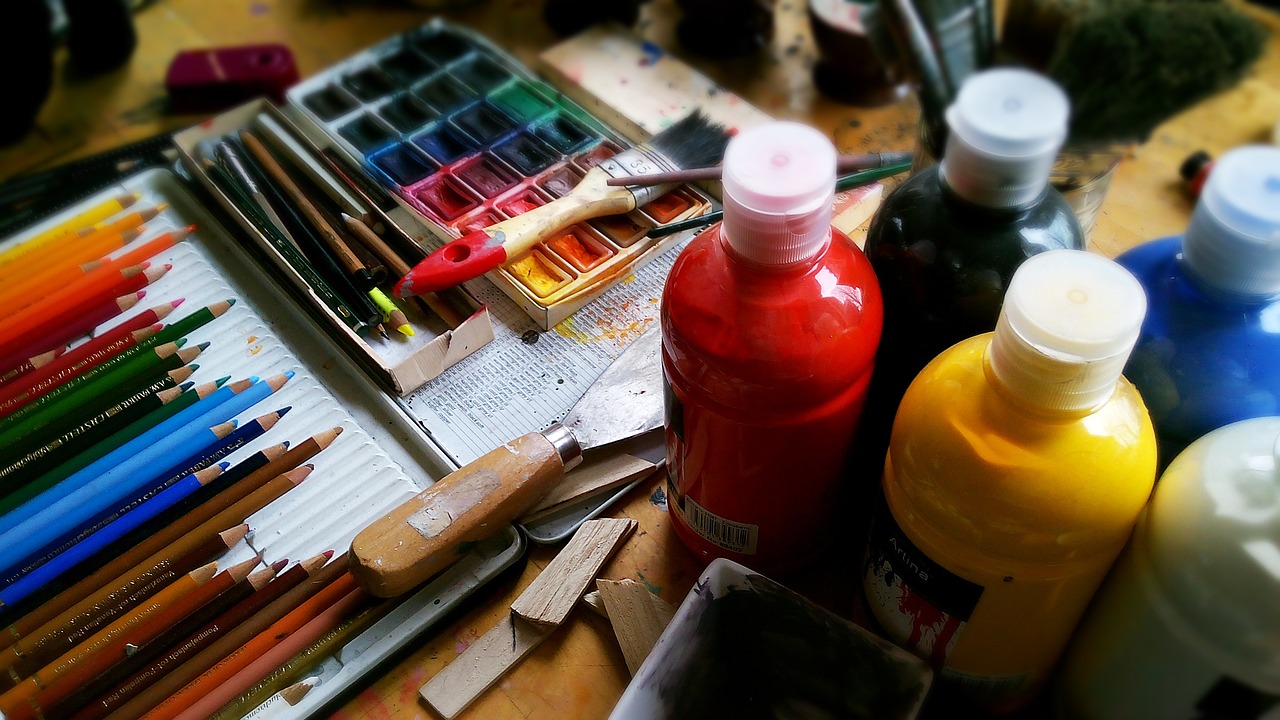
Work in Sections
When tackling the task of painting high ceilings and hard-to-reach areas, working in sections is a crucial strategy to ensure a smooth and professional finish. By breaking down the space into manageable parts, you can avoid feeling overwhelmed and maintain consistency throughout the entire area.
Imagine trying to paint a towering ceiling all at once—it would be like trying to climb a mountain in a single leap! Instead, approach the project step by step, just like hiking up a challenging trail with designated resting points along the way.
One effective way to work in sections is to divide the area based on architectural features or natural breaks, such as corners or beams. This approach not only makes the painting process more manageable but also allows you to focus on one part at a time, ensuring attention to detail and quality.
Additionally, working in sections enables you to track your progress more effectively. It's like completing a jigsaw puzzle where each piece contributes to the overall picture. By methodically moving from one section to the next, you can see the transformation unfold gradually, boosting your motivation and sense of accomplishment.
Moreover, dividing the space into sections helps you plan your painting approach more efficiently. You can prioritize areas based on accessibility and visibility, ensuring that no spot is left untouched or receives inadequate attention. It's akin to organizing your tasks into smaller, more manageable chunks, making the overall project less daunting.
Remember, Rome wasn't built in a day, and neither should your high-ceiling painting project be rushed. Take your time, work in sections, and enjoy the process of transforming your space with a fresh coat of paint.

Utilize Proper Lighting
When painting high ceilings and hard-to-reach areas, proper lighting plays a crucial role in achieving a professional finish. The right lighting not only helps you see clearly but also ensures that you can identify any missed spots or imperfections that may affect the overall look of the painted surface. Imagine trying to paint a ceiling without adequate lighting—it's like trying to navigate through a dark room filled with obstacles; you're bound to miss important details and end up with a subpar result.
To utilize proper lighting effectively, consider positioning bright, focused lights strategically around the area you are painting. This will help illuminate the surface evenly and reduce shadows that could obscure your view. Additionally, using portable work lights or headlamps can be beneficial when working in dimly lit spaces or corners where natural light may not reach. Think of proper lighting as your painting assistant, guiding you through the process and highlighting any areas that require attention.

Protect Yourself and the Surroundings
When it comes to painting high ceilings and hard-to-reach areas, it's crucial to prioritize safety for both yourself and the surroundings. The last thing you want is to have an accident or damage property while trying to beautify your space. By taking the necessary precautions and using the right protective gear, you can ensure a smooth and incident-free painting experience.
First and foremost, always wear appropriate safety equipment such as goggles to protect your eyes from paint splatters and masks to prevent inhaling fumes. Additionally, make sure to cover floors and furniture with drop cloths or plastic sheets to avoid any accidental spills or drips that could lead to permanent damage.
Consider setting up barriers or warning signs to prevent others from entering the painting area, especially if you're working in a busy household. This will not only protect them from potential hazards but also give you the space and focus you need to complete the task safely.
Moreover, be mindful of your surroundings and any obstacles that could pose a danger while painting high ceilings. Ensure that ladders or scaffolding are stable and secure before climbing up to reach elevated areas. Always follow proper ladder safety guidelines and have someone nearby to assist you if needed.
Remember, accidents can happen when least expected, so it's better to be over-prepared than underprepared when working in challenging painting conditions. By taking the necessary precautions and protecting both yourself and the surroundings, you can enjoy a successful painting project without any unwanted mishaps.

Apply Paint Strategically
When it comes to painting high ceilings and hard-to-reach areas, applying paint strategically is key to achieving a professional and flawless finish. To start, it's essential to cut in the edges with a brush before using a roller for larger areas. This technique helps create clean lines and ensures that the paint is applied precisely where it needs to be. Additionally, working from top to bottom can help prevent drips and ensure a smooth application.
Another important aspect of applying paint strategically is maintaining a consistent technique throughout the entire painting process. By using the same method and pressure when applying paint, you can avoid inconsistencies in the finish and create a seamless look across the entire surface. This attention to detail can make a significant difference in the overall appearance of the painted area.
Furthermore, choosing the right type of paint for the specific area you are working on is crucial for achieving the desired result. Different surfaces may require different types of paint, so it's important to select a product that is suitable for high ceilings and hard-to-reach spots. Consider factors such as durability, sheen, and coverage when choosing the paint for your project.
Utilizing proper painting techniques can also help you work more efficiently and effectively in challenging areas. For instance, using an extension pole with your roller can make it easier to reach high ceilings without the need for a ladder or scaffolding. This not only improves safety but also allows you to cover more surface area in less time.
Lastly, paying attention to detail and being patient during the painting process can make a significant difference in the final outcome. Take your time to ensure that each section is painted evenly and thoroughly, and don't rush through the job. By applying paint strategically and methodically, you can achieve professional results that will enhance the overall look of the space.

Take Breaks and Stay Hydrated
When painting high ceilings and hard-to-reach areas, it's crucial to prioritize your well-being. Climbing up and down ladders, reaching overhead, and focusing on detail work can be physically taxing. Remember, Rome wasn't built in a day, and neither should your painting project be rushed. Taking breaks not only allows you to rest and recharge but also helps maintain your focus and precision.
Imagine yourself as a marathon runner pacing yourself throughout the race. You wouldn't sprint the entire distance without stopping, right? Similarly, painting is a marathon, not a sprint. Hydration is key to keeping your energy levels up and your mind sharp. Just like a car needs fuel to keep running smoothly, your body needs water to function at its best.
If you find yourself feeling fatigued or dizzy, don't push through it. Your safety is paramount. Step down from the ladder, take a breather, and drink some water. It's not a sign of weakness to listen to your body's signals; it's a sign of wisdom. By taking care of yourself, you're ensuring that you can complete the painting job effectively and without risking your health.
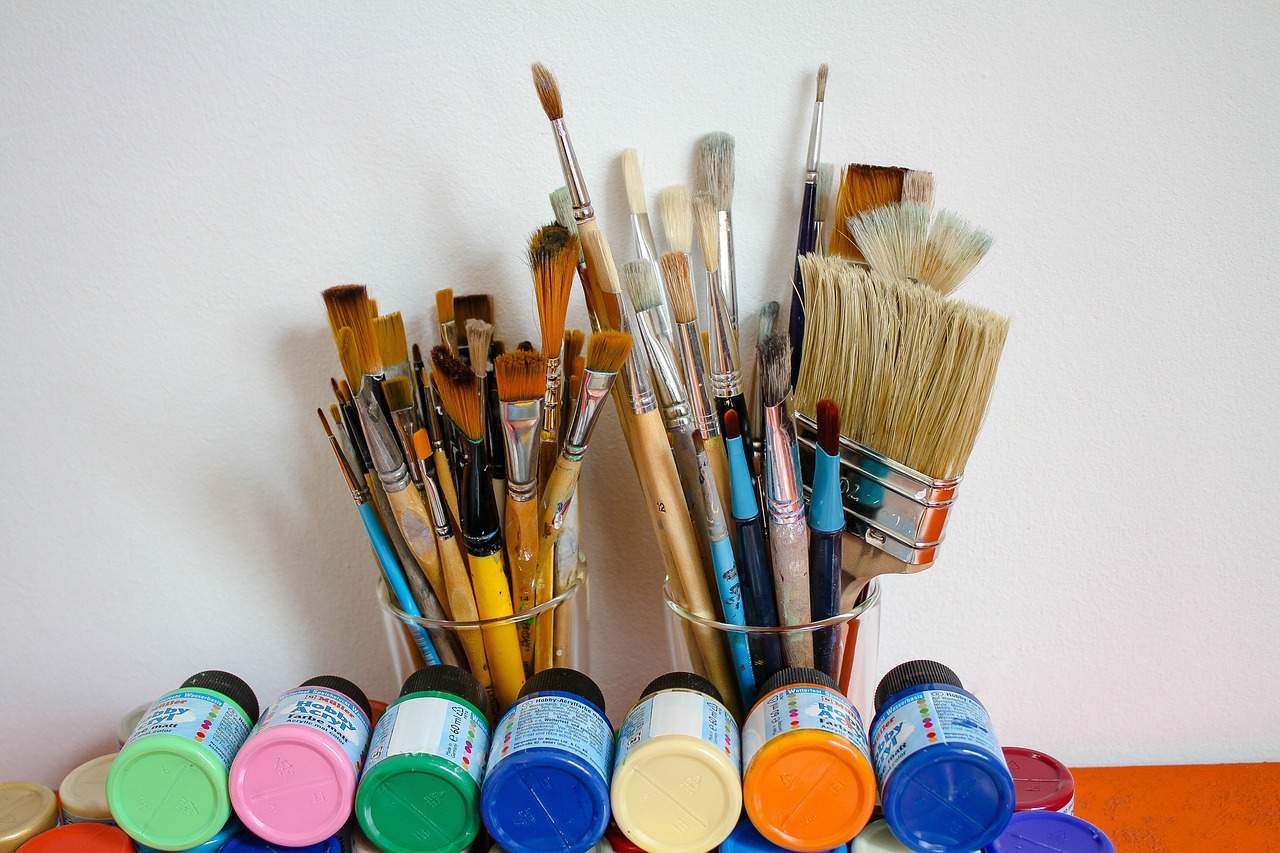
Inspect and Touch Up
After completing the painting job, it is crucial to take the time to inspect the entire area meticulously. This step is essential to ensure that no spots have been missed and that the finish is flawless. By carefully examining the surfaces, you can identify any imperfections or areas that may require touch-ups.
When inspecting the painted surfaces, pay close attention to corners, edges, and areas with intricate details. These spots are often overlooked during the painting process but can significantly impact the overall appearance of the project. Use proper lighting to help you identify any missed spots or uneven coverage.
If you notice any imperfections or areas that require touch-ups, address them promptly. Touching up small areas can make a significant difference in the final result, giving your painting project a polished and professional look. Keep extra paint on hand for quick touch-ups and ensure that the color matches perfectly.
Consider creating a checklist of areas to inspect to ensure thoroughness. This can help you stay organized and methodically go through the space, addressing any issues systematically. By following a checklist, you can ensure that no areas are overlooked and that the final result meets your expectations.
If you find any areas that require touch-ups, use a small brush or roller to apply the paint carefully. Blend the touch-up paint seamlessly with the surrounding area to avoid visible patches or uneven textures. Take your time during this step to achieve a seamless finish.
Once you have completed the touch-up process, step back and inspect the entire area again. Look at the space from different angles and distances to ensure that the touch-ups blend seamlessly with the rest of the painted surfaces. Making these final adjustments can elevate the overall look of your painting project.
Frequently Asked Questions
- What tools do I need to paint high ceilings and hard-to-reach areas?
To paint high ceilings and hard-to-reach areas effectively, you will need tools such as extension poles, ladders, scaffolding, brushes, rollers, and paint trays.
- How important is using high-quality paint and primer?
Using high-quality paint and primer is crucial as it ensures better coverage, durability, and adhesion, especially in areas that are difficult to reach and may not be easily accessible for frequent repainting.
- Why is it necessary to work in sections when painting these areas?
Working in sections helps you manage the task more efficiently, maintain a consistent finish, and avoid feeling overwhelmed by breaking down the large area into smaller, more manageable parts.
- What safety precautions should I take when painting high ceilings?
When painting high ceilings, it is important to use safety gear like goggles and masks, protect floors and furniture with drop cloths, and ensure proper lighting to prevent accidents and injuries.
- How should I inspect and touch up the painted areas?
After completing the painting job, carefully inspect the entire area for any missed spots or imperfections. Touch up as needed to achieve a flawless finish and ensure all areas are properly covered.










